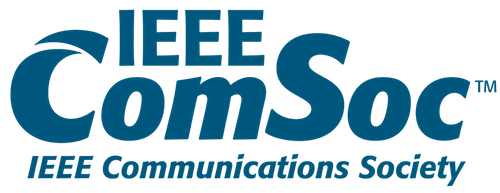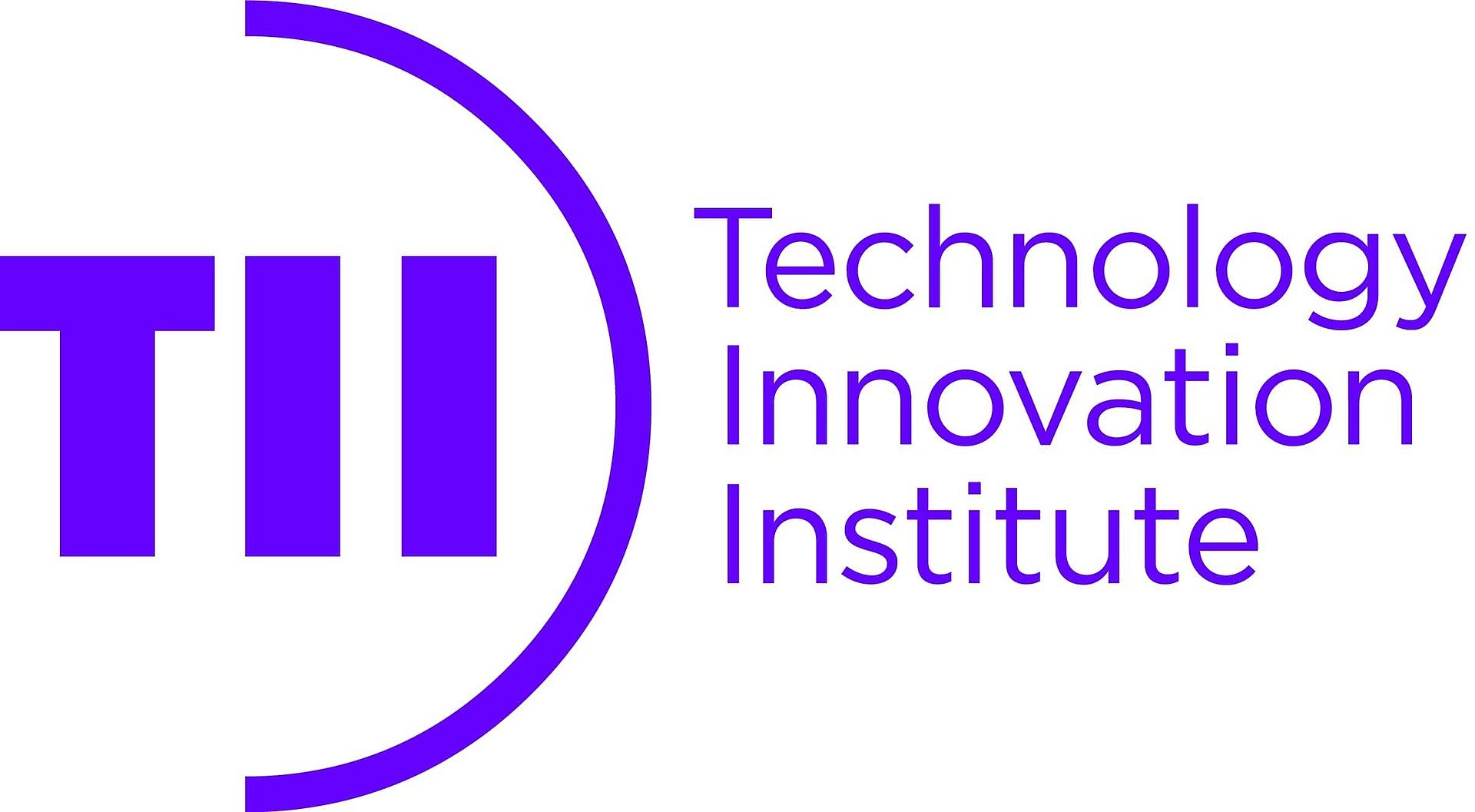BalkanCom 2022 Special Session:
Molecular Communication/BioNanoThings and Communications for Health
Organizers and Chairs:
- Murat Kuscu, Koc University, Turkey
- Bige Deniz Unluturk, Michigan State University, United States
Scope of the Papers
As the Internet of Things (IoT) approaches technological maturity with a growing number of applications on the market, new integrative ideas emerge to push the current boundaries of IoT and extend its application range. One such approach follows a holistic view and regards the universe as an interconnected entity which is to be observed, understood, and manipulated with new information and communication technologies (ICT). At the center of this approach lies an emerging ICT framework, the Internet of Bio-Nano Things (IoBNT), envisioning the heterogeneous collaborative networks of natural and artificial nano-biological functional devices (e.g., engineered bacteria, human cells, nanobiosensors), seamlessly integrated with the Internet infrastructure. IoBNT is positioned to extend our connectivity and control over non-conventional domains (e.g., human body) with unprecedented spatiotemporal resolution, enabling paradigm-shifting applications, particularly in the healthcare domain, such as intrabody continuous health monitoring and theranostic systems with single molecular precision.
The broad application prospects of IoBNT have attracted significant research interest at the intersection of ICT, bio-nanotechnology, and medical sciences, with the great majority of studies directed towards (i) the design and implementation of Bio-NanoThings (BNTs), (ii) the understanding of natural IoBNTs (e.g., nervous nanonetwork), (iii) the development of communication and networking methods for IoBNT (e.g., molecular communications), (iv) the design of bio/cyber and nano/macro interfaces, and (v) the development of new IoBNT applications.
This Special Session aims to present the recent advances with respect to the theoretical foundations and practical implementation of IoBNT, with special emphasis on
- Design and implementation of Bio-Nano Things (BNT)
- Engineered bacteria-based BNT designs (e.g., engineered bacteria, exosomes)
- DNA origami-based BNT designs
- Design of nanobiosensors and nano-stimulators
- Functional biomolecules as BNT (DNA, proteins, other macromolecules)
- Chemical reaction networks for computation in BNT
- Energy harvesting mechanisms for BNT
- Modeling and analysis of natural IoBNT
- ICT-based abstractions, models, and simulations for human-body nanonetworks (e.g., nervous and hormonal nanonetworks, immune system), bacterial nanonetworks, plant communications
- ICT-based disease modeling, and development of ICT-based disease hallmarks
- Propagation models of infectious diseases (e.g., airborne transmission of viruses, bacteria, parasites)
- Modeling and analysis of interkingdom communication channels (e.g., gut-brain axis, plant-bacteria and plant-animal communication channels)
- Communication and networking methods for IoBNT:
- Design, modeling and implementation of molecular communication (MC) systems
- Nanomaterial-based and synthetic biology-based transmitter and receiver architectures for MC
- Experimental MC testbeds and demonstrations
- Modeling of MC channels in different environments (e.g., airborne/liquid-borne MC, microfluidic MC)
- Development of low-complexity and energy-efficient MC methods (modulation, detection, synchronization, channel coding, channel estimation etc.)
- Human-body as an IoBNT infrastructure (e.g., gut-brain axis, vagus nerve, bone conduction)
- New communication modalities for IoBNT (e.g., nano-mechanical, electromagnetic, acoustic, magnetic, quantum, FRET)
- Bio-cyber and nano/macro interfaces:
- Proposal, design and modeling of new interfacing methods
- Physical design and experimental demonstration of optogenetic, redox-based, and electrical interfaces
- Neural interfaces
- Proposal, modeling and analysis of signal transduction methods (e.g., biochemical/electrical transduction with electrical biosensors and stimuli-responsive hydrogels)
- Implantable, wearable, and on-skin tattoo interfaces as IoBNT gateways
- IoBNT applications
- Medical applications of IoBNT (e.g., detection and mitigation of infectious diseases, intrabody continuous health monitoring, theranostic systems, smart drug delivery, microfluidic lab-on-chips, organ-on-chips)
- Smart agriculture (e.g., health monitoring and growth control of plants and cattle)
- Biocomputing, ultra-dense data storage with DNA, high-rate data transfer with bacteria
- Covert communication systems
- Food safety and quality monitoring
- Environmental applications (e.g., monitoring and removal of toxic agents and pollutants)
- Data collection and routing mechanisms in IoBNT
- Big data management and analytics for IoBNT
- Security aspects of IoBNT
- Co-existence and biocompatibility challenges regarding IoBNT applications in human-body
- Link, network, transport, and application layers of IoBNT
Submission Guidelines
Full papers should be no longer than 5 pages in a double-column format including tables, figures and references. Extended abstracts less than 2 pages are also accepted, provided that the camera ready is a full paper. Accepted papers will be submitted for inclusion into IEEE Xplore subject to meeting IEEE Xplore’s scope and quality requirements.
Submissions are now accepted through EDAS.
Important Dates
- Paper submission deadline: July 9, 2022
- Notification of acceptance: July 20, 2022
- Camera-ready papers due: August 1, 2022









